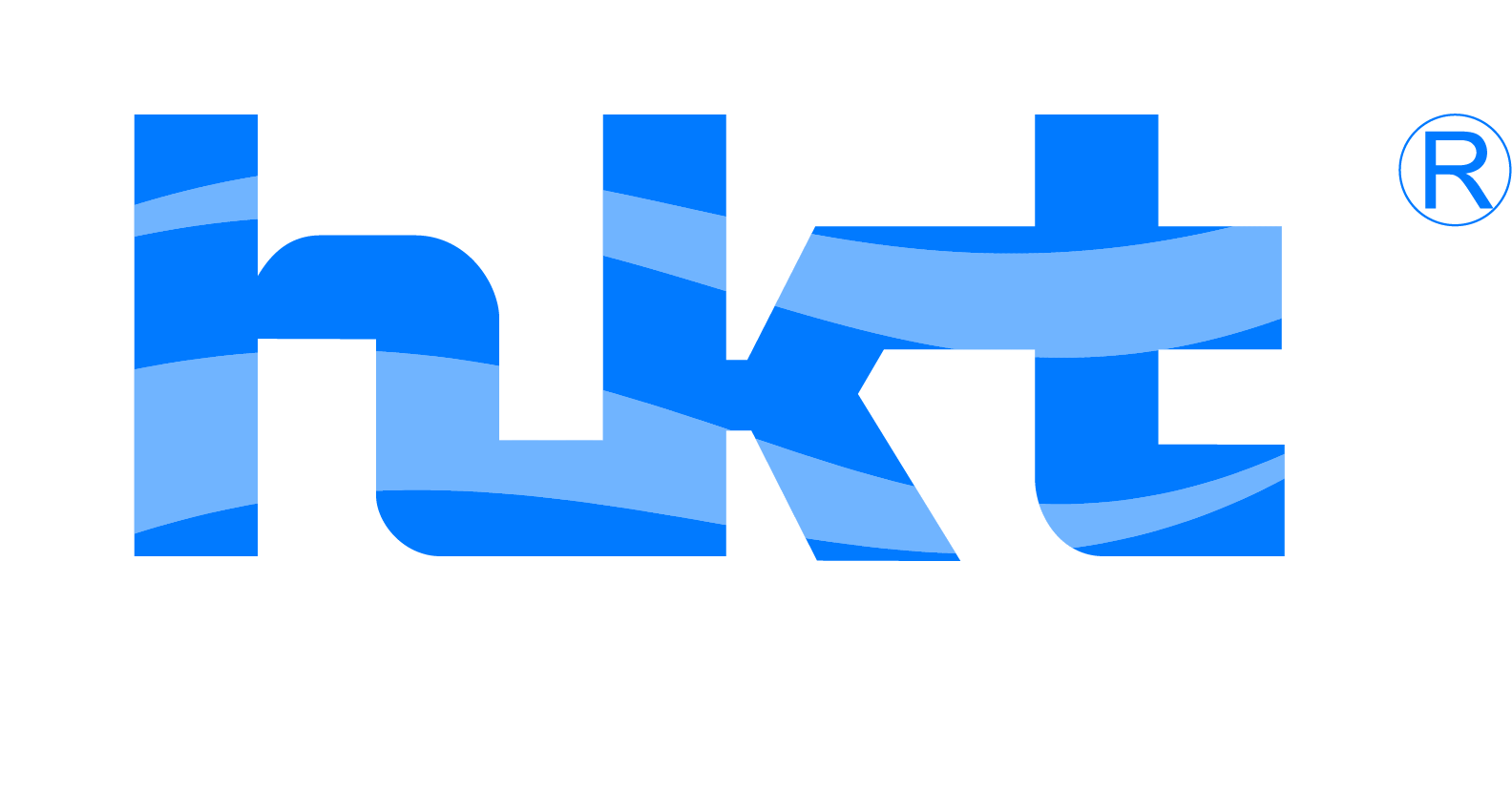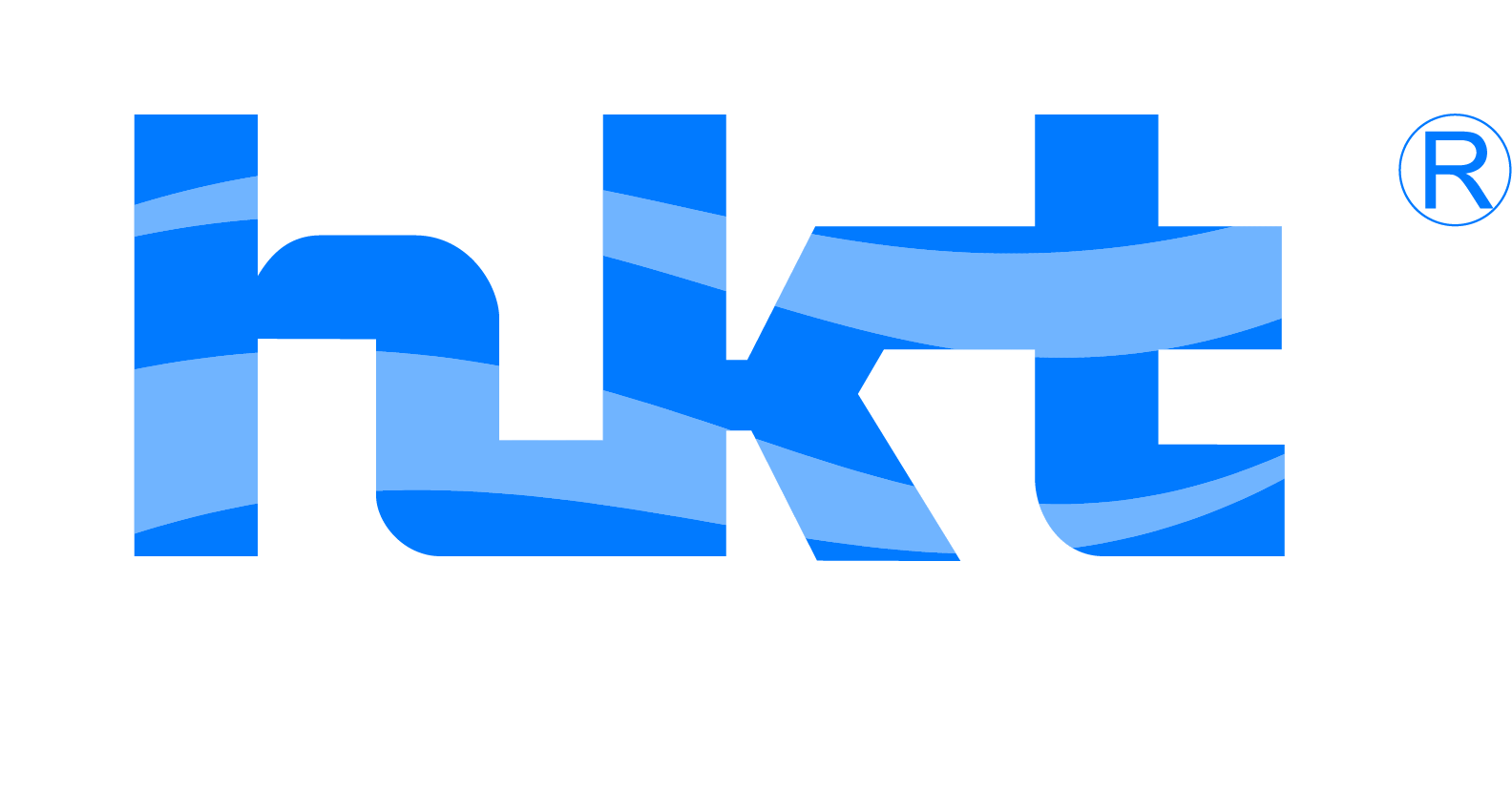Navigating the world of Low-Power Wide-Area Networks (LPWAN) is crucial for deploying successful IoT solutions. A common point of confusion arises: what are the main differences between LoRa and LoRaWAN? Understanding this distinction is fundamental to choosing the right infrastructure. HKT LORA provides clarity and robust hardware solutions, like our HKT-DSGW-014 Outdoor LoRaWAN Gateway, designed to seamlessly bridge this technology gap and empower reliable, scalable networks.
LoRa: The Foundational Physical Layer
LoRa (Long Range) refers specifically to the physical layer (PHY) radio modulation technology. Developed by Semtech, it’s the underlying wireless signal that enables long-range communication with remarkably low power consumption. LoRa excels in penetrating dense urban environments and rural landscapes, transmitting small packets of data over kilometers. However, LoRa itself is only the communication method – it defines how the signal is sent and received, not how devices form a network or manage communication. Grasping this is key when asking what are the main differences between LoRa and LoRaWAN.
LoRaWAN: The Network Protocol Architecture
LoRaWAN, on the other hand, is the open, cloud-based Media Access Control (MAC) layer protocol built on top of the LoRa physical layer. It defines the network architecture, communication protocols, security mechanisms, and device management necessary for operating a complete, wide-area network. LoRaWAN dictates how end-devices (sensors, actuators) connect to gateways, how gateways communicate with a central network server, how data is routed, and how devices are authenticated and secured. Understanding what are the main differences between LoRa and LoRaWAN hinges on recognizing LoRa as the signal carrier and LoRaWAN as the intelligent network operating system managing that signal.
The Critical Role of the LoRaWAN Gateway
This is where HKT LORA’s hardware becomes essential. The HKT-DSGW-014 Outdoor LoRaWAN Gateway acts as the vital intermediary. It uses Semtech’s powerful SX1302 concentrator engine to receive LoRa-modulated signals from numerous end-devices over the air. Crucially, the gateway then forwards this raw data via standard IP connections (like Ethernet, Wi-Fi 2.4G/5G) to the LoRaWAN network server in the cloud. The gateway translates between the LoRa physical layer and the IP-based LoRaWAN network layer, enabling the sophisticated protocol features like adaptive data rates (ADR), bi-directional communication (Classes A, B, C), and secure join procedures. Without a capable gateway like the HKT LORA DSGW-014, the LoRaWAN network cannot function.
HKT LORA DSGW-014: Powering Robust LoRaWAN Networks
The HKT-DSGW-014 Outdoor LoRaWAN Gateway exemplifies the hardware needed to leverage the full potential of the LoRaWAN protocol. Its rugged outdoor design ensures reliable operation in harsh environments. Powered efficiently via PoE (802.3af) or DC input, it offers flexible deployment options. Supporting LoRaWAN protocol versions V1.0 (Classes A/B/C) and V1.0.2 (Classes A/B/C) ensures broad compatibility with diverse end-devices. Its powerful quad-core 1.5GHz 64-bit ARM CPU, 512MB DDR4 RAM, and 8GB eMMC storage provide the necessary processing muscle to handle high device density and complex network operations, translating the LoRa signals into actionable LoRaWAN network data.
Building Private or Public Networks with Flexibility
A significant advantage offered by the HKT LORA DSGW-014 is its ability to create private LoRaWAN networks. Businesses requiring maximum data control, security, or operating in areas with limited public coverage can deploy their own dedicated network infrastructure using HKT LORA gateways. Alternatively, it seamlessly connects to public LoRaWAN operators. This flexibility, combined with dual-band Wi-Fi (2.4G/5G) for backhaul options, makes the gateway ideal for diverse applications – from industrial monitoring and smart agriculture to smart city deployments and asset tracking.
Conclusion
To deploy effective IoT solutions, one must first understand the key distinctions between LoRa and LoRaWAN. LoRaWAN manages and offers information to the network, while LoRa provides the long-range, low-power radio link. HKT LORA bridges this essential partnership with high-performance hardware like the HKT-DSGW-014 Outdoor LoRaWAN Gateway. Offering robust processing (Quad Core CPU, 512MB DDR4), comprehensive protocol support (V1.0 & V1.0.2 Classes A/B/C), flexible power (PoE/DC), and versatile backhaul (Wi-Fi 2.4G/5G, Ethernet), the HKT LORA gateway is engineered to deliver the reliable, scalable connectivity foundation your LoRaWAN network demands. Choose HKT LORA to build your IoT future on solid ground.



